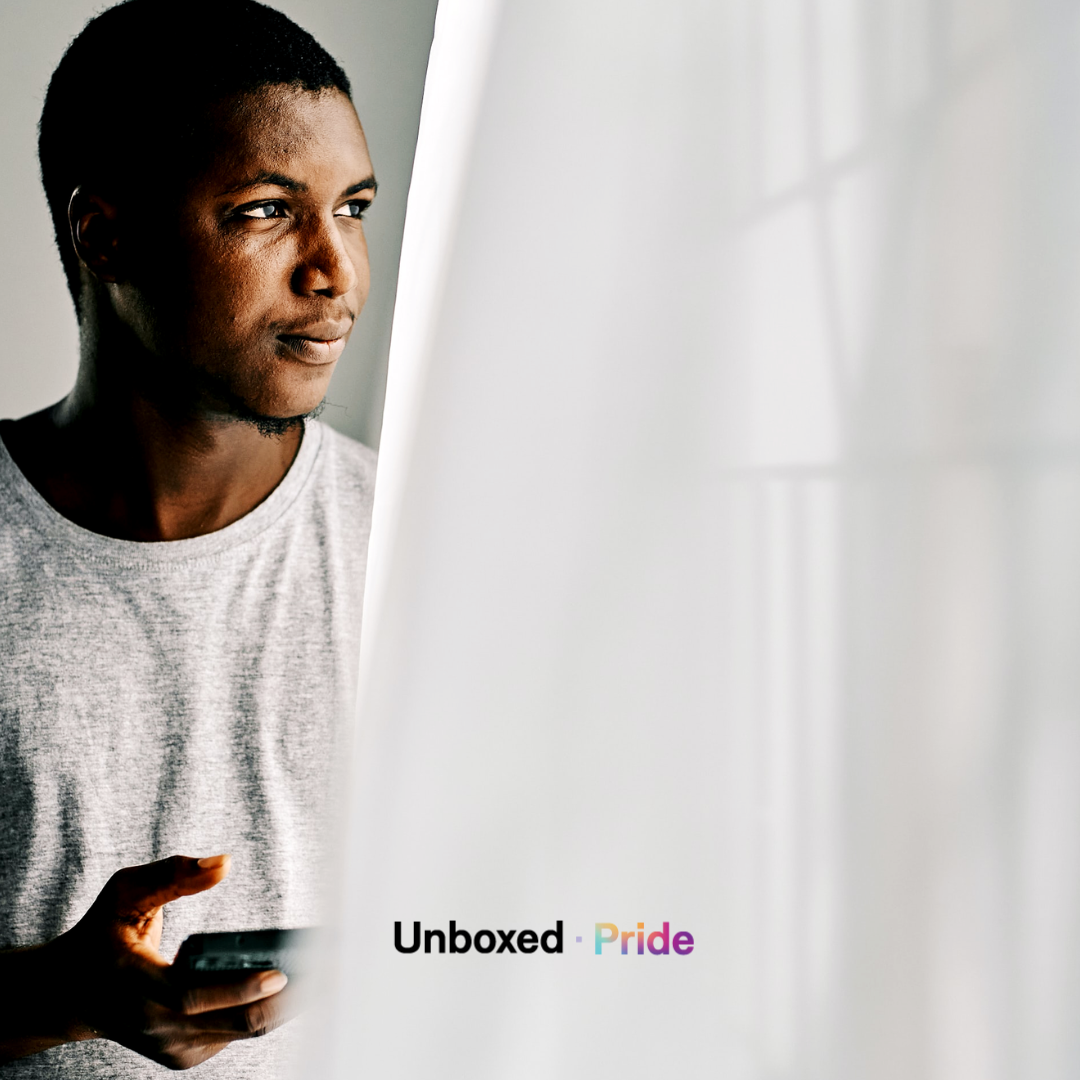
Breaking Free from Anxiety: How Cognitive Behavioural Therapy (CBT) Rewires Your Brain
Anxiety can feel like an inescapable loop of worry, fear, and self-doubt, affecting every aspect of your life. If you’re caught in this cycle, you’re not alone. Anxiety disorders affect 3 million adults in Australia alone. But there’s hope: Cognitive Behavioural Therapy (CBT) has emerged as a powerful, evidence-based approach to breaking the anxiety cycle and regaining control over your life.
Glenda May, a registered psychologist specialising in anxiety disorders, emphasises the transformative power of CBT: “CBT is more than just a set of techniques. It’s a way of understanding how our thoughts, feelings, and behaviours are interconnected. By learning to identify and change negative thought patterns, we can significantly reduce anxiety and improve overall well-being.”
Let’s dive into how CBT works, its effectiveness, and whether it might be the right approach for you.
What Is Cognitive Behavioural Therapy (CBT)?
CBT is a structured, time-limited form of psychotherapy that focuses on the relationship between thoughts, feelings, and behaviours. It’s based on the idea that our thoughts and interpretations of events, rather than the events themselves, often drive our emotional responses and behaviours.
Glenda May (registered psychologist) explains, “In CBT, we work with clients to identify negative thought patterns, challenge these thoughts, and replace them with more balanced, realistic perspectives based on evidence. This cognitive restructuring can lead to significant improvements in mood and behaviour.”
Key Principles of CBT:
- Identifying negative thought patterns
- Challenging and reframing distorted thoughts
- Learning coping strategies to manage anxiety symptoms
- Gradual exposure to anxiety-provoking situations
- Developing problem-solving skills when triggered by identified stressors
How Does CBT Break the Cycle of Anxiety?
Anxiety often operates in a self-reinforcing cycle: anxious thoughts lead to physical symptoms and avoidance behaviours, which in turn reinforce the anxious thoughts. CBT works to interrupt this cycle at multiple points.
-
Identifying Negative Thought Patterns: The first step in CBT is recognising the thoughts that trigger your anxiety.Glenda May notes, “Many of my clients are surprised to discover how automatic and ingrained their negative thoughts have become.Some of these thoughts come from messages from family, media and society. Bringing these thoughts into awareness is the first step in changing them.”
-
Challenging Cognitive Distortions: CBT helps you identify and challenge common cognitive distortions, such as or black-and-white thinking, and catastrophising.. A 2019 study in the Journal of Anxiety Disorders found that reducing cognitive distortions through CBT led to a 45% reduction in anxiety symptoms.
-
Developing Coping Mechanisms: CBT equips you with practical tools to manage anxiety in real-time. These may include relaxation techniques, mindfulness exercises, and grounding strategies.
-
Exposure Therapy: Gradually facing feared situations is a key component of CBT for anxiety. Glenda, explains, “Controlled exposure helps clients realise that their fears are often exaggerated and that they can cope with anxiety-provoking situations.Clients are prepared with positive visualisation to relieve unrealistic anxious thoughts”
-
Behavioural Activation: CBT encourages engagement in positive activities, which can boost mood and reduce anxiety. Activities as simple as walking, gratitude journaling and breathing are particularly effective. A 2020 meta-analysis in the Journal of Affective Disorders found that behavioural activation techniques in CBT led to a 50% reduction in anxiety symptoms.
The Science Behind CBT’s Effectiveness
CBT’s effectiveness for anxiety disorders is well-documented in scientific literature. A comprehensive meta-analysis published in Cognitive Therapy and Research in 2018 found that CBT was more effective than both placebo and other forms of psychotherapy for treating anxiety disorders, with a large effect size of 0.84.
Glenda adds, “What’s particularly exciting about CBT is that neuroimaging studies have shown it can actually change brain activity patterns associated with anxiety. We’re literally helping clients rewire their brains for calm and resilience.”
Is CBT Right for You?
CBT can be effective for a wide range of anxiety disorders, including:
- Generalised Anxiety Disorder (GAD)
- Social Anxiety Disorder
- Panic Disorder
- Specific Phobias
- Obsessive-Compulsive Disorder (OCD)
CBT might be particularly suitable if:
- You’re looking for a short-term, goal-oriented therapy
- You’re willing to take an active role in your treatment
- You’re interested in learning practical skills to manage anxiety
- You prefer a structured approach to therapy
What to Expect in CBT Sessions
A typical course of CBT for anxiety consists of 12-20 weekly sessions, though this can vary based on individual needs, here’s what you can expect:
- Assessment: Your therapist will work with you to understand your specific anxiety symptoms and concerns.
- Goal Setting: Together, you’ll set clear, achievable goals for therapy.
- Skill Building: Each session will introduce new techniques for managing anxiety.
- Homework: You’ll be given exercises to practise between sessions, reinforcing what you’ve learned.
- Progress Tracking: Regular assessments will help monitor your improvement over time.
Conclusion: How to Better Manage Anxiety
CBT offers a scientifically-proven, practical approach to breaking free from the grip of anxiety. By changing how you think about and respond to anxiety-provoking situations, you can rewire your brain for greater calm and resilience.
Remember, seeking help is a sign of strength, not weakness. If anxiety is impacting your quality of life, CBT could be the key to unlocking a more peaceful, fulfilling future.
Take Action Today
Ready to start your journey towards freedom from anxiety? Here are some steps you can take:
- Contact CBT-trained therapists in your area
- Consider online CBT options if in-person services are limited
- Prepare a list of your anxiety symptoms and concerns to discuss with a therapist
- Start a thought journal to begin identifying your anxiety triggers
Feel free to browse our team of therapists that specialise in cognitive behavioural therapy alongside a range of evidence-based approaches to better manage anxiety.
View More Articles

Coming Out Counselling Guide – Embrace Your Authentic Self

Healing invisible wounds: How EMDR Therapy revolutionises trauma recovery

Break free from anxiety with Cognitive Behavioural Therapy (CBT)





